In cucumbers, the ovaries sometimes turn yellow and fall off. The reasons for this phenomenon are varied. Yellowing of the ovaries occurs especially often in greenhouse conditions. Why the ovary on cucumbers turns yellow and what to do to correct the situation is described in detail on this page.
Causes of yellowing and falling of ovaries
That is, we can say that the ovaries of cucumbers turn yellow, mainly due to violations of agricultural cultivation techniques.
Formation of a large number of ovaries
This applies to cucumbers of the bouquet type of flowering and bunch fruiting. In one node they form at least 5-10 ovaries. If the plant is large, climbing and branched, then it can simultaneously have up to 80-100 ovaries, not counting flowers and already formed greens. No plant can feed such a number of “freeloaders”, so cucumbers discard excess ovaries.
What to do?
- It is necessary to normalize the yield.
- For cucumbers grown in a greenhouse and on a trellis, all flowers, buds and shoots are removed from the axils of the first 5 leaves. Otherwise, the plant will feed its firstborns, to the detriment of the rest of the harvest. The lower ovaries and shoots take almost all the nutrients, but the return from them is extremely small. With such growth, cucumbers finish their growing season very quickly.
- Mandatory pinching of all side shoots formed after the 5th leaf.
- After the first 2-3 ovaries are formed, the lower leaves are removed to increase the flow of nutrients to the developing greens. Then remove 2 lower leaves every 5-7 days. As a result, by the middle of the growing season, greenhouse cucumbers have a bare stem, up to 70-100 cm high.
- Increasing the feeding rate.Bundle cucumbers, even if all agricultural standards are observed, require increased levels of nutrients, otherwise the ovaries, and sometimes female flowers, will fall off. It is especially strictly necessary to observe the norms and frequency of fertilizing in open ground when growing sprouts, where the formation of cucumber vines is very difficult. Usually 1-2 green ovaries form and develop in a bunch, the remaining ovaries turn yellow and fall off.
- Most of all, cucumbers need nitrogen, so they add either an infusion of manure or an infusion of grass, humates, or, in extreme cases, feed them with urea. Parthenocarpics need nutrients more than varietal cucumbers, so the application rate is increased by 2-2.5 times.
- Cucumbers need not only nitrogen, but also trace elements, especially potassium and magnesium. Therefore, nitrogen fertilizing is alternated with the addition of microelements.
No matter how well the plants are fed, it will not be possible to achieve the formation of absolutely all the ovaries in a bunch of greens. It is necessary to grow the crop on fresh manure. However, such products contain a large amount of nitrates and are unsuitable for consumption. If 3-5 full-fledged greens are formed in a bunch, this will be an excellent result.
Nutritional deficiencies
A very common cause of yellowing of ovaries on cucumbers is lack of nutrients. Cucumbers are extremely gluttonous, even with a slight lack of elements, the ovaries turn yellow and fall off, and with severe starvation, the leaves also turn yellow. Cucumbers, especially parthenocarpics, require frequent feeding.
The basic rules for feeding are as follows:
- Manure is always diluted 1:10. Chicken manure 1:20.
- Organic fertilizers alternate with mineral fertilizers enriched with microelements.You can grow cucumbers on organic matter alone, but then you must add microelements to the manure. Ash should not be mixed with manure, otherwise a strong chemical reaction will begin that will destroy the plants.
- The fertilizer consumption rate is 2-2.5 liters for each plant, for hybrids - 4-5 liters per plant.
- The higher the temperature, the more often the cucumbers are fed. At a temperature of 20-23°C, fertilizing is done every 7 days, at 24-27°C - once every 5 days, at 28-32°C - once every 3 days, above 33°C - every other day.
- During the fruiting period, cucumbers need not only nitrogen, but also phosphorus, potassium, and magnesium in significant doses. Other microelements are needed in small doses.
- The rate of fertilizer application for parthenocarpics is always increased by 2, and in very hot weather - by 2.5 times compared to varietal cucumbers.
- Root feeding should alternate with foliar feeding.
- It is impossible to feed cucumbers with organic matter more than twice, since greens accumulate nitrogen and become dangerous to humans.
If the soil really does not have enough nutrients, then with proper fertilizing their balance is restored, the ovaries stop turning yellow and falling off.
Thickened planting
Leaves and ovaries on cucumbers may turn yellow due to the fact that in dense thickets they lack light, moisture, and nutrition. If the planting density is too high, even with proper feeding, the plants will compete with each other for nutrients, which will always be in short supply.
How to fix the situation. In this case, thinning the plot is necessary. It’s a pity, but weaker plants will have to be removed so that the rest can grow normally and produce a good harvest.
Sudden temperature fluctuations
The difference between day and night temperatures in the greenhouse is very large. It can be more than 30°C.The changes are especially strong in the spring, when it is warm during the day and the greenhouse warms up well, and at night it completely cools down.
In open ground the fluctuations are not so sharp.
The optimal temperature difference for cucumbers is 6-8°C, but in summer they are able to adapt to differences of 12-15°C without damaging the crop. Stronger temperature fluctuations lead to inevitable yellowing and shedding of the ovaries; cucumbers direct all their efforts to preserving the leaves.
Prevention measures
- On warm days, all doors in the greenhouse are opened, it should be well ventilated, then the vibrations will not be so strong.
- On cold nights, hot stones and bricks from the bathhouse are placed in the greenhouse. They give off heat for a long time, and the greenhouse does not cool as much.
- At night, you can cover the cucumbers with covering material.
If the ovaries still turn yellow, it is necessary to apply organic fertilizing, then there is a high probability that the greens from these ovaries will still grow.
Prolonged cold weather
Unfortunately, this is force majeure and it is impossible to influence the weather.
How to help cucumbers
- The only thing that can be done is to install a temporary greenhouse outside. This will slightly increase the temperature inside the borage. However, if the weather is cloudy, the ovaries will still turn yellow, since cucumbers need some sunlight to form a harvest.
- Treatment of cucumbers with growth stimulants Epin-extra or Zircon. These substances significantly increase the resistance of plants to unfavorable factors and stimulate the formation of green plants even in bad weather.
- If the temperature outside is below 15°C and cloudy, then the cucumbers are also covered in the greenhouse and treated with growth stimulants.
- After treating the crop with stimulants, organic fertilizing is done.
In a rainy, cold summer, these measures will help to get a small harvest, but there will not be a full return. Some of the ovaries will still turn yellow and fall off.
Lack of pollination in varietal cucumbers
All bee-pollinated varieties require pollination to set greens. Female flowers have a thickened peduncle, reminiscent of a miniature cucumber. This is the future ovary. But if pollination does not occur, then the ovary does not develop further, but turns yellow and falls off. Without pollination, the ovaries of bee-pollinated varieties do not develop.
Rules for plant pollination
- When growing bee-pollinated varieties, bright flowers are sown around the borage to attract bees (calendula, marigold, I'm making hair etc.).
- When growing bee-pollinated varieties in a greenhouse, artificial pollination is carried out: pollen is collected from one flower with a cotton swab and transferred to another. Or they pick a male flower and pollinate the female one with it.
- If the temperature in the greenhouse is above 35°C, then the pollen becomes sterile and, no matter how hard you try, pollination will not happen. To lower the temperature, the greenhouse is ventilated, and on very hot days the paths are watered with cold water.
- You need to be very careful when attracting bees to a greenhouse. Then they cannot find a way out, they hit the walls of the greenhouse and die.
The lack of pollination affects the yellowing of the ovaries only in varietal cucumbers. Hybrids do not need pollination; their greens are formed without pollination and do not contain seeds. Yellowing of the ovaries in hybrids is associated with other reasons.
Cross-pollination of varieties and hybrids
This problem arises when bee-pollinated and parthenocarpic varieties are grown together. Parthenocarpics do not need pollen to set greens. On the contrary, it prevents the formation of fruits.If pollen gets on the flowers of hybrids, then some of the ovaries turn yellow and fall off, while the rest form curved arched greens.
Ways to prevent cross-pollination
- The distance between bee-pollinated varieties and parthenocarpics should be at least 500 m. In summer cottages this, of course, is impossible. Therefore, it is necessary to grow either only varieties or only hybrids.
- If both are already growing at the dacha, then the hybrids need to be covered with a light covering material, for example, spunbond, to create a mechanical barrier to pollen.
- If it is necessary to grow plants of different types of pollination together at the dacha, it is better to plant parthenocarpics in a greenhouse, since bees practically do not fly there.
Greens grown after pollination of hybrids are only suitable for use in salads.
Improper watering
This is one of the common causes of yellowing of the ovaries. This happens especially often in a greenhouse in hot weather.
Causes of yellowing
- Watering with cold water.
- Watering too frequently in cold weather.
- Watering too infrequently in hot sunny weather.
- Regular watering, but too little water per plant.
Watering is very important for cucumbers. If soil moisture is disturbed, you may be left without a crop altogether.
Proper watering of cucumbers
- Water the cucumbers only with warm water. When using cold water, the plant, despite watering, experiences a water deficiency; the ovaries and greens turn yellow and fall off.
- In hot sunny weather, cucumbers are watered every day.
- On cold and cloudy days, watering is carried out once every 2-3 days.
- Watering norm per plant is 8-10 liters.
- It is advisable to water the plants in the first half of the day.
With regular, proper watering, green plants are formed from all ovaries.
Lack of light
Cucumbers require shading when growing. However, in dense shade the plants will grow, but the ovaries will turn yellow and fall off. In extreme conditions (dense shade is one of them), the crop goes into survival mode and is not able to bear fruit.
It is necessary that the place where cucumbers grow is illuminated by the sun for at least 8 hours a day. If the crop is already grown in dense shade, then the only thing that can be done is to spray it with growth stimulants (Zircon, Epin-extra). Then you can count on at least some harvest.
Irregular harvest
Almost always, the ovaries on cucumbers turn yellow if there are already formed greens on the vine and, especially, overgrown fruits. They take all the nutrients for themselves, so that the new ovaries do not have enough nutrition.
What's the solution? The harvest is harvested regularly every 2-4 days. All formed greens are removed; overgrown fruits must be torn off. If the green plant is left on the vine to obtain seeds, then the flowers and ovaries are removed so that all the nutrients go only to it.
Diseases
Yellowing of the ovaries is caused by white and gray rot, cladosporiosis and cucumber mosaic virus.
When rot occurs, the ovaries turn yellow, but continue to hang on the vine for some time. Cladosporiosis affects young greens, and the cucumber mosaic virus, as a rule, appears on large greens, although, with severe infection, it can also cause mottling of the ovaries.
How to fight
- To prevent rot, plants are treated with copper preparations (HOM, Ordan, Abiga-Pik).
- When cladosporiosis appears, the culture is sprayed with Pseudobacterin and Gamair.
- The cucumber mosaic virus first infects the leaves and only over time appears on the ovaries and green plants.If mottling appears on them, it means the disease has gone too far and the diseased plant is immediately removed. It's too late to treat him.
If you follow the agricultural techniques for growing the crop, problems with yellowing of the ovaries, as a rule, do not arise.
You might be interested in:
- Why do cucumber leaves turn yellow?
- How to deal with cucumber pests
- How to protect cucumbers from powdery mildew
- How to get rid of spider mites on cucumbers
- Here are all the articles about caring for cucumbers
- Why do cucumbers grow bitter?
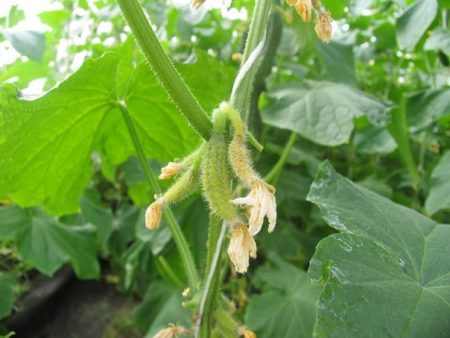
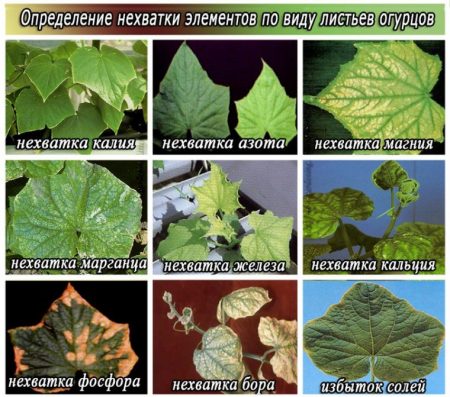
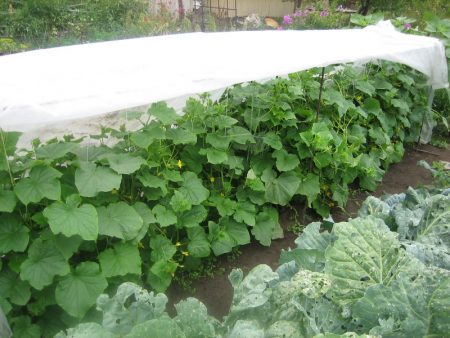
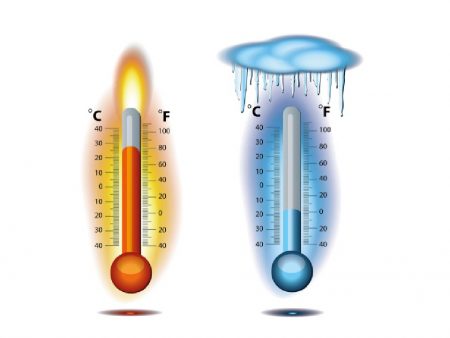

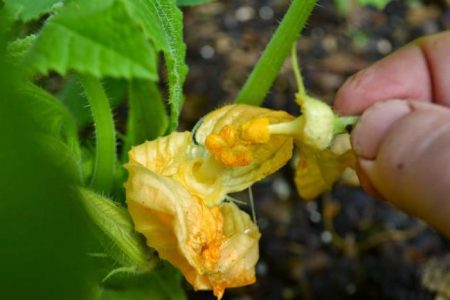
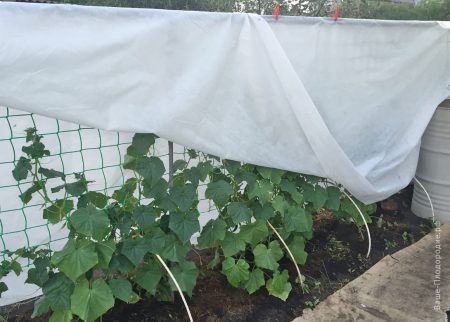
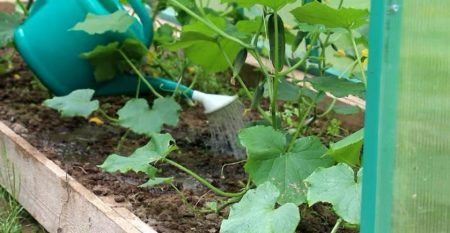

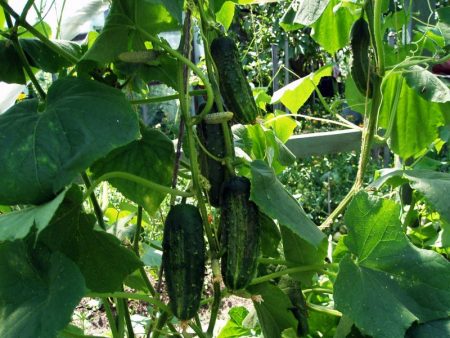
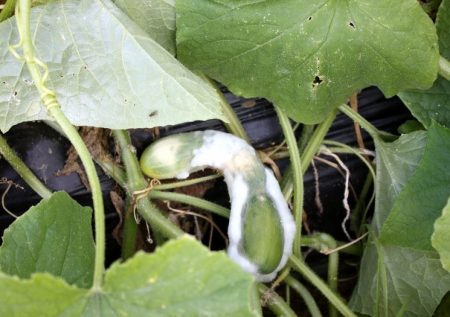

 (27 ratings, average: 4,15 out of 5)
(27 ratings, average: 4,15 out of 5) CUCUMBERS NEVER GET SICK, I'VE BEEN USING ONLY THIS FOR 40 YEARS! I SHARE A SECRET WITH YOU, CUCUMBERS ARE LIKE THE PICTURE!
CUCUMBERS NEVER GET SICK, I'VE BEEN USING ONLY THIS FOR 40 YEARS! I SHARE A SECRET WITH YOU, CUCUMBERS ARE LIKE THE PICTURE! You can dig a bucket of potatoes from each bush. Do you think these are fairy tales? Watch the video
You can dig a bucket of potatoes from each bush. Do you think these are fairy tales? Watch the video
 How our fellow gardeners work in Korea. There is a lot to learn and just fun to watch.
How our fellow gardeners work in Korea. There is a lot to learn and just fun to watch. Eye trainer. The author claims that with daily viewing, vision is restored. They don't charge money for views.
Eye trainer. The author claims that with daily viewing, vision is restored. They don't charge money for views. A 3-ingredient cake recipe in 30 minutes is better than Napoleon. Simple and very tasty.
A 3-ingredient cake recipe in 30 minutes is better than Napoleon. Simple and very tasty. Therapeutic exercises for cervical osteochondrosis. A complete set of exercises.
Therapeutic exercises for cervical osteochondrosis. A complete set of exercises. Which indoor plants match your zodiac sign?
Which indoor plants match your zodiac sign? What about them? Excursion to German dachas.
What about them? Excursion to German dachas.